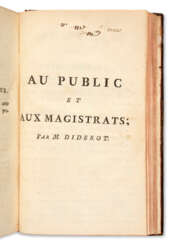insignes d&
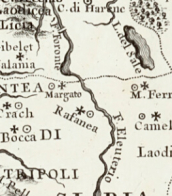
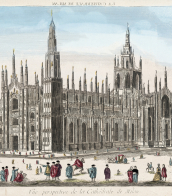


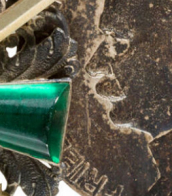
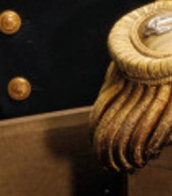




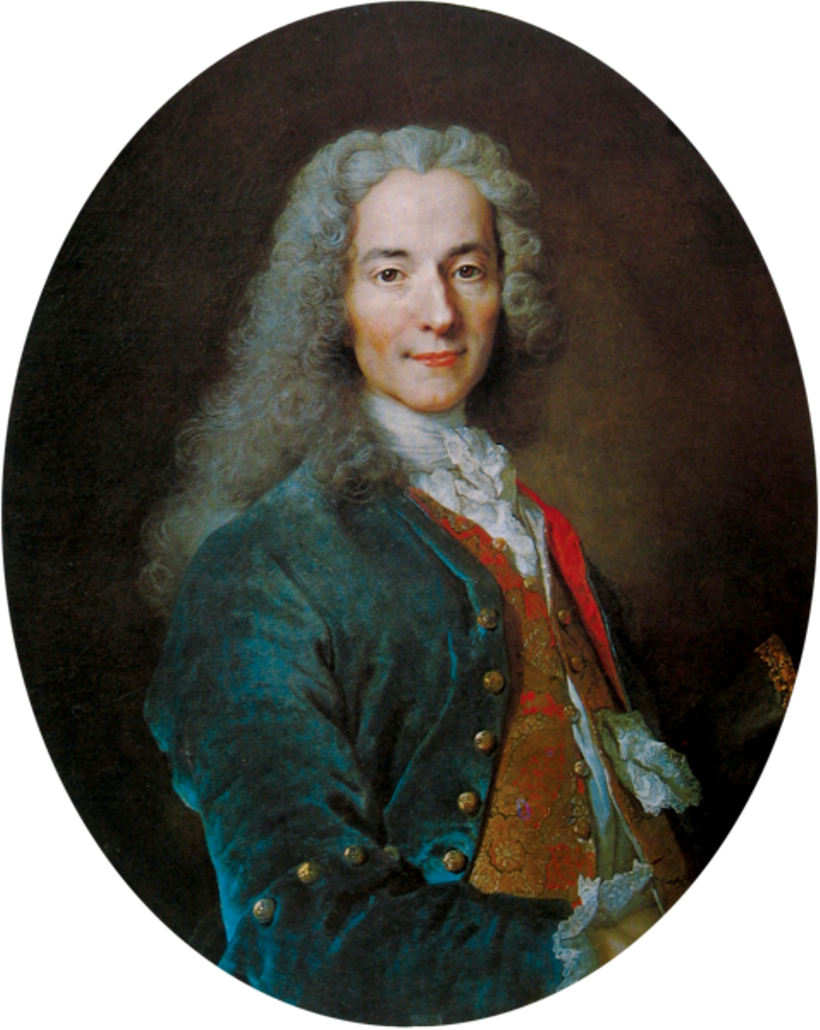
Voltaire, born François Marie Arouet, was a French philosopher-enlightener of the French Enlightenment, poet and writer, satirist, tragedian, historian and essayist.
Voltaire's long life fell on the last years of classicism and the eve of the revolutionary era, and in this transitional period his works and activities had a significant impact on the direction of European civilization. Through his critical freethinking and wit, Voltaire won the minds of many 18th century European rulers. To this day, he continues to enjoy worldwide fame as a courageous fighter against tyranny, bigotry, and cruelty.
Voltaire was an advocate of freedom of speech, freedom of religion and separation of church and state. He was a versatile and prolific writer in all literary forms, including plays, poems, novels, essays, histories, and scholarly expositions. In total, he wrote more than 20,000 letters and 2,000 books and pamphlets. Voltaire's most famous works are the tragic play Zaire, the historical study The Age of Louis XIV, and the satirical novella Candide.
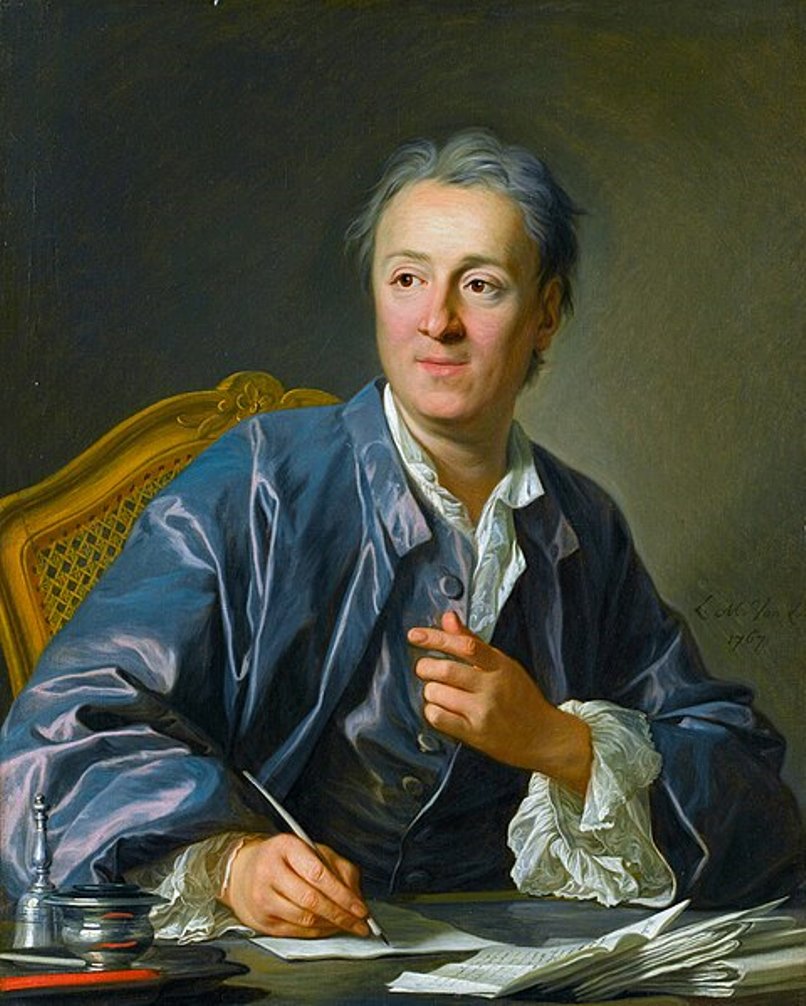
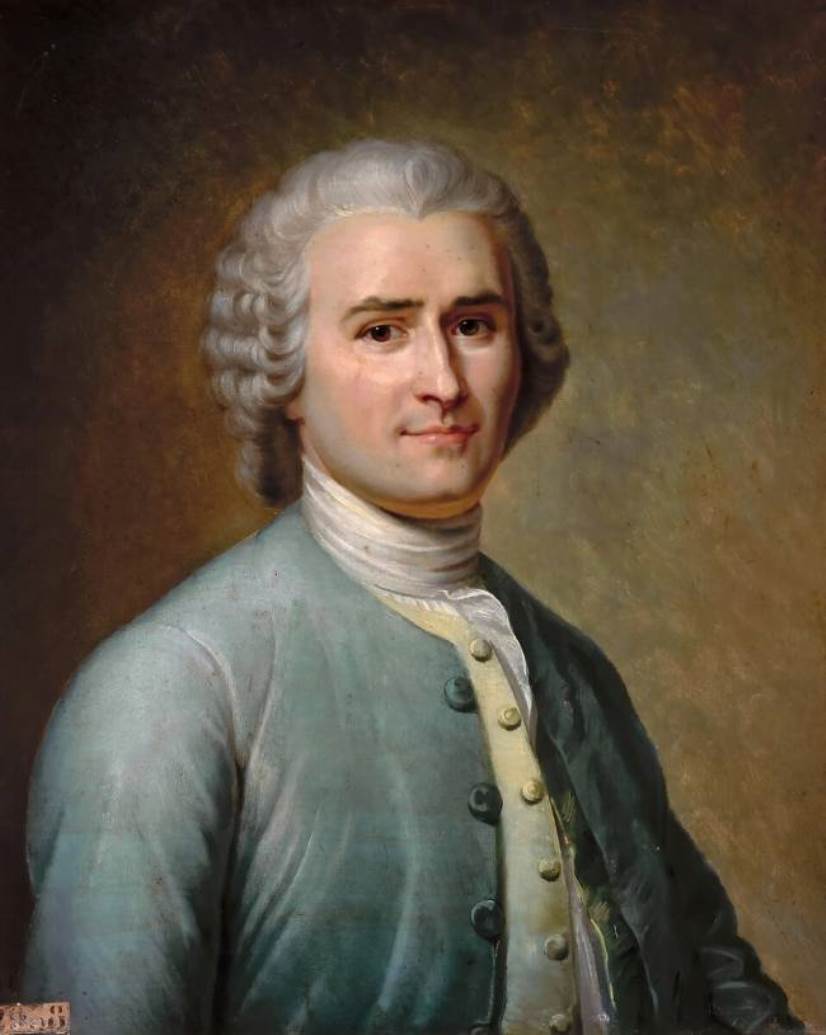


François-Xavier Lalanne was a French painter and sculptor. He studied sculpture, drawing and painting at the Académie Julian. Since the 1960s he has worked as a couple with his wife Claude Lalanne.
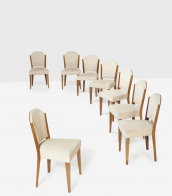
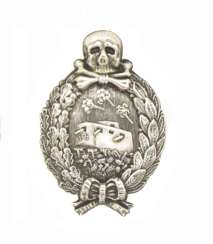

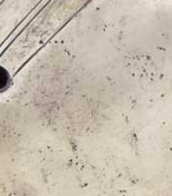
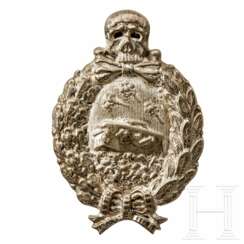


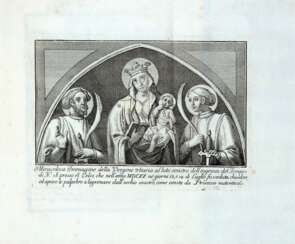

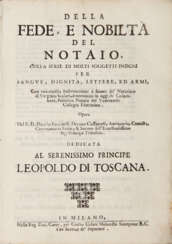

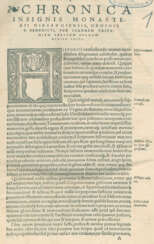

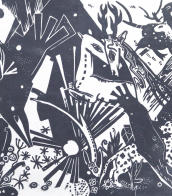
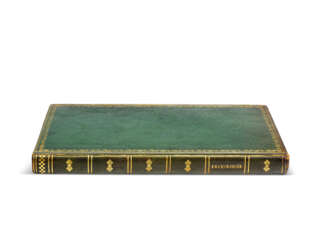

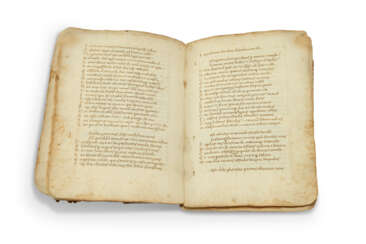

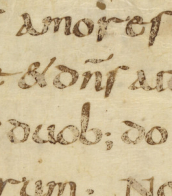
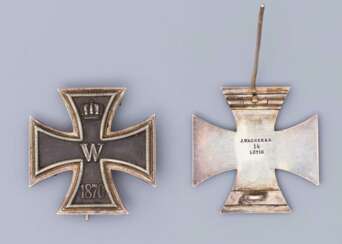


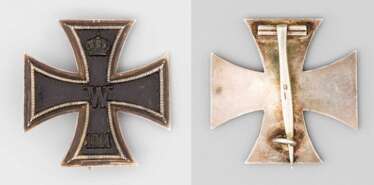



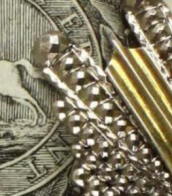


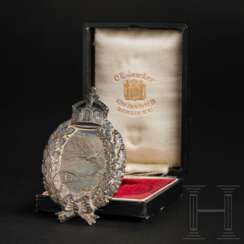

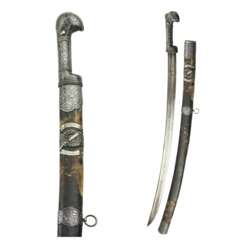

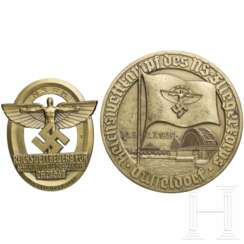

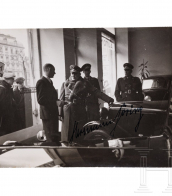
![[RÉTIF DE LA BRETONNE, Nicolas Edme (1734-1806)]](/assets/image/picture_4604843/b5dd3/28ac0a6981dcee5f4fa6313361676bf01747864800jpg__fix_374_244.jpeg)
![[RÉTIF DE LA BRETONNE, Nicolas Edme (1734-1806)]](https://veryimportantlot.com/assets/image/picture_4604843/b5dd3/28ac0a6981dcee5f4fa6313361676bf01747864800jpg__fix_374_244.jpeg)



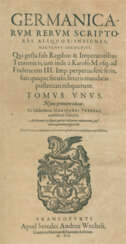


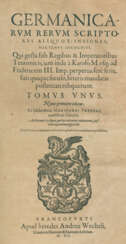

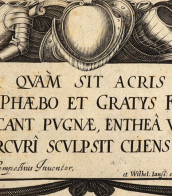
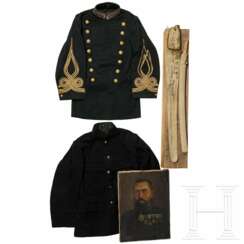

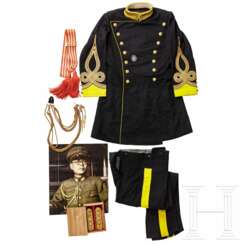

![[ALMANACCHI] - Lotto composto da tre curiosi almanacchi in piccolo formato](/assets/image/picture_942351/f6d88/hpnktpi58jswogh4ylm6leeafr2fftin5iznfdb61rtqrfuchaopgpwpungnnfao1596201878jpg__fix_374_244.jpeg)
![[ALMANACCHI] - Lotto composto da tre curiosi almanacchi in piccolo formato](https://veryimportantlot.com/assets/image/picture_942351/f6d88/hpnktpi58jswogh4ylm6leeafr2fftin5iznfdb61rtqrfuchaopgpwpungnnfao1596201878jpg__fix_374_244.jpeg)
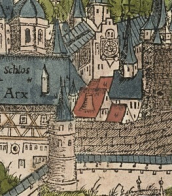
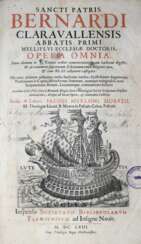

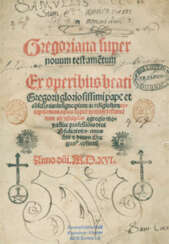




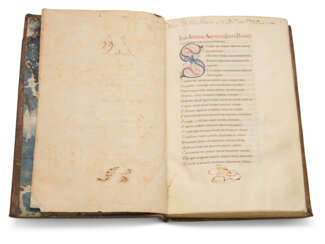


![[RECUEIL VAUQUELIN]. DU BELLAY, Joachim (1522-1560). Poematum Libri quatuor. Quibus continentur, Elegiae, Varia Epigr. Amores, Tumuli. [suivi de] Divers jeux rustiques, et autres oeuvres poetiques. Paris: F. Morel, 1558. [suivi de] RONSARD, Pierre de (152](/assets/image/picture_1320827/b7703/f1fe702dbb58c20f189d3686c883aec61616454000jpg__fix_374_244.jpeg)
![[RECUEIL VAUQUELIN]. DU BELLAY, Joachim (1522-1560). Poematum Libri quatuor. Quibus continentur, Elegiae, Varia Epigr. Amores, Tumuli. [suivi de] Divers jeux rustiques, et autres oeuvres poetiques. Paris: F. Morel, 1558. [suivi de] RONSARD, Pierre de (152](https://veryimportantlot.com/assets/image/picture_1320827/b7703/f1fe702dbb58c20f189d3686c883aec61616454000jpg__fix_374_244.jpeg)
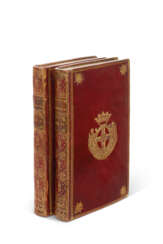

![[ÉLIZABETH I, IMPÉRATRICE DE RUSSIE (1709-1761)]](/assets/image/picture_3601167/e4473/p5wns8y8w1wbu3dnrgqdcbs8o1h84zdtomuz67fdywriwpaxmfkkwwklmncwuts1700197817jpg__fix_374_244.jpeg)
![[ÉLIZABETH I, IMPÉRATRICE DE RUSSIE (1709-1761)]](https://veryimportantlot.com/assets/image/picture_3601167/e4473/p5wns8y8w1wbu3dnrgqdcbs8o1h84zdtomuz67fdywriwpaxmfkkwwklmncwuts1700197817jpg__fix_374_244.jpeg)
